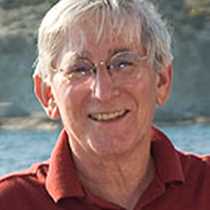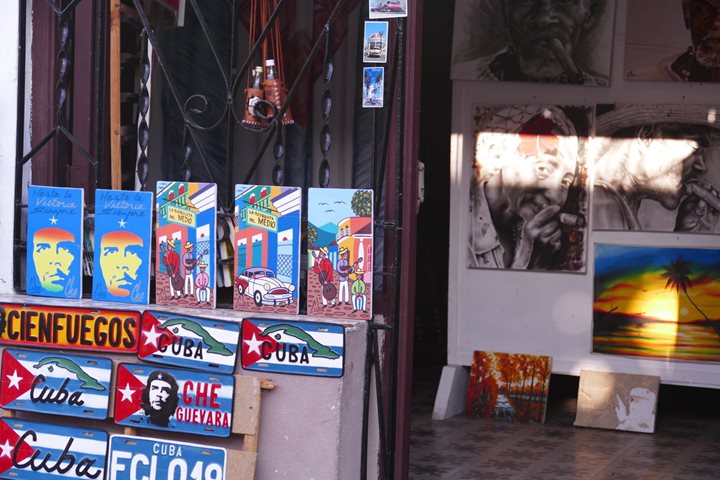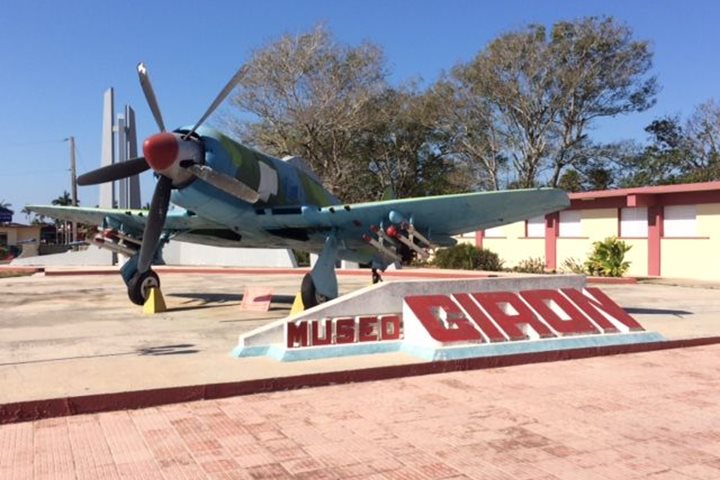The DER below is from the expedition to Cuba that began on December 14, 2016.
Our third day in Havana, like its predecessors, had a cornucopia of experiences—tailored to each of us as we had the choice of which excursion to take and which visits we wanted most for ourselves.
In the morning, some our number went to the University of Havana and the Museum of the Revolution. At the first stop at the University of Havana, we learned about its centuries-old history (it was founded in 1728), its evolution into a secular institution and its role as a hotbed of student ferment during the Batista era. We also got to admire its beautiful campus, its architecture and some of the superb art.
The Museum of the Revolution presents, from a quintessentially Cuban viewpoint, the story of the revolution led by Fidel Castro (who had passed away less than three weeks before our arrival). It followed the story from the first stirrings of independence, to the assault on the Moncada barracks that landed Fidel and Raúl Castro in jail, to the revolutionaries’ harrowing sea journey from Mexico to eastern Cuba, and the growth of the rebellion in the Sierra Maestra, to the revolution’s eventual triumph. It was decidedly intentional that the museum was placed in the former presidential palace, where Fulgencio Batista’s opulent office is still preserved.
The afternoon brought some of us to two very intriguing organizations: the Antonio Núñez Jiménez Foundation and OnCuba Magazine. Núñez was an explorer, collector and friend of Fidel Castro, and we saw some of the extraordinary art and artifacts he accumulated during his busy lifetime. We also learned of the work of the foundation today—the staff is working to tackle some of the many environmental and developmental challenges that face Cuba. And at OnCuba, we met with some of the young journalists who are blazing new paths for reporting in Cuba. OnCuba is one of the few private journalism organizations in Cuba, if not the only one, and publishes prolifically in English and Spanish on its website and in print magazines. With more than 300 correspondents, mostly young, OnCuba addresses all aspects of life in Cuba and Cuban-American relations. We had a very lively discussion with our hosts on a variety of topics.
If these things were not enough, a grand finale awaited us: a private performance by the great band Septeto Nacional. Founded in 1927 and now in its fourth generation, the group has maintained its devotion to the Cuban son style of music and is today as vital as ever, with well-deserved Grammy nominations to its credit. Frank, the band manager, told us about the group’s history. Special musical guests included the great singer Pedro Godinez, now 90 years old but still in brilliant voice, with expressive singing that moved us all. And the dance moves shown us by Cuban dance performers eventually had us on our feet and dancing up a storm.







